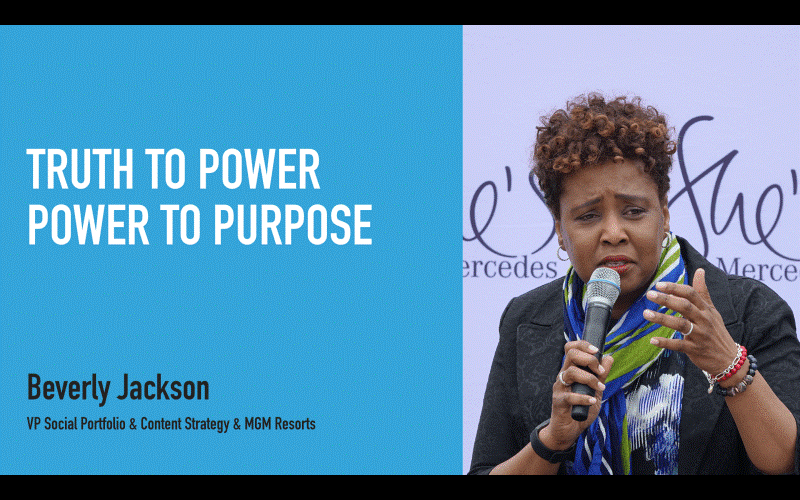Disruption, innovation… if there is one beating drum under the frenzy at #SXSW, it is that change will never be this slow again.
Future Identity
A plethora of speakers point out that it is crucial to contemplate on the very identity of the organization and the brand. “Change needs to be embedded in the very cultural fabric of the organization” states Jeremiah Owyang. It is clear that before you mess with the cultural fabric, you need to know exactly what it is, and define very carefully where you want to bring it. Learning who you are, and working on what you want to become, will be the carrier pigeon for your transformation. “This learning is a process, not an event” confirms Guy Kawasaki: “it never stops”.
What do we need to be to thrive
Bruce Sterling, steampunk science fiction author and futurist uses the future identity in his writing process: “It’s crucial to recognize the patterns that are shaping the future. How is it around the protagonist at the time of the desired result? What is influencing the protagonist? What skills does he need to survive in that environment? What lack of skills might bring him down? What is it like to be the protagonist? What are the answers to the questions that keep the hero awake at night? What tools does he need to go through this ” This process allowed Sterling to predict with stunning accuracy a number of societal trends, disruptions, products and platforms over his long career. “This thinking is available for everybody”, Sterling told me in an interview a while ago: “It is about time that everyone in the industry starts thinking and inventing their own future. The future does not wait. It’s invented already, just not equally distributed.”

Forging an identity is a complicated process: ask 20 people in the same organization what the organization is about and stands for, and you will most probably get 20 very different answers back. The extreme opposing spectra of these answers might even make you hesitate if those people are truly connected to the same organization.
Full thrust requires full trust
Change starts with directing the full power of an organization in a direction that will prepare it to be successful in the future. “To obtain full thrust, full trust will be needed”, says Beverly Jackson, VP Social Portfolio and Content Strategy, MGM Resorts International: “Results will always be suboptimal if people do not know what the brands stands for, what the brand essence is, and what the brand purpose is. Positive change can only happen if everyone sails in the same direction.” Jackson’s energetic slogan “Truth to Power, Power to Purpose” shows how the change and disruption tracks she carried at MGM, Yahoo and the Grammy’s are carried by transparency, determination and respect.
Purpose
Once you know who you are and who you want to be, you need to define what your purpose is. The purpose of transformation is the lighthouse goal, the very direction everyone and all resources are geared towards. Whether it is in B2B, in B2C or in B2B2C, purpose becomes the main lubricant to drive change throughout organizations. Moonshot Engineering, Exponential Thinking, Massive Transformation Purpose tracks build the very vehicle that needs to bring the organization to its next future habitat. “If people do not believe in a brands purpose, they will most likely not pull their weight, Owyang said.

A new omelet asks for broken eggs
Panels and keynotes at #sxsw partner up to symbolize and visualize an inconvenient truth. Change mostly requires killing the past, euthanizing the present. Breaking workplace barriers, killing current cash cows, shattering the glass ceiling, burying wage inequality, re-inventing work-life balance and compensation, blasting outdated technology into oblivion… getting future-ready requires energy. Energy needed to deconstruct the now (smashing into pieces if needed), and strategize and build a new versatile approach that is ready for the future.
With workforces where up to 27 percent is actually actively opposed to change, operating systems that are too old to be updated, energy grid systems that often struggle to keep up with the current needs (and a US power grid limping decades behind), energy that still is mostly bolted down on fossil fuels, transportation that relies on a horse-substitute that is over a century old… baking a new omelet will mean breaking a lot of eggs. There seems to be little room for niceties, subtleties nor compromise, and little time to negotiate. “There is no room in an organization for tech that slows you down, nor for negative people” said Jackson.
RIP Agility
While agile thinking is slowly becoming the new speed for most organizations, it looks like agile thinking might be too little, too slow, too late. More disruptive ways cut through corners as butter, and get results on exponential scale, very fast.
Even too-big to fail organizations do not escape this trend. There is always a part of the organization and its offerings that can be disrupted. If it can, it should. The history books show us a merciless mirror: the moment an organization, city or continent fails to find the energy and will to continue to invest in radical change, doom is just around the corner.
If you do not disrupt what can be disrupted, somebody else will. The automakers in Detroit and Germany long were reluctant to build the car of the future. Even Saab, an airplane builder could not crack that nut.
It took a coder like Musk to shake the tree, and re-invent the car as an application rather than a vehicle. Others followed suit, re-energizing the industry.
Saab on the contrary, is still very dead.
